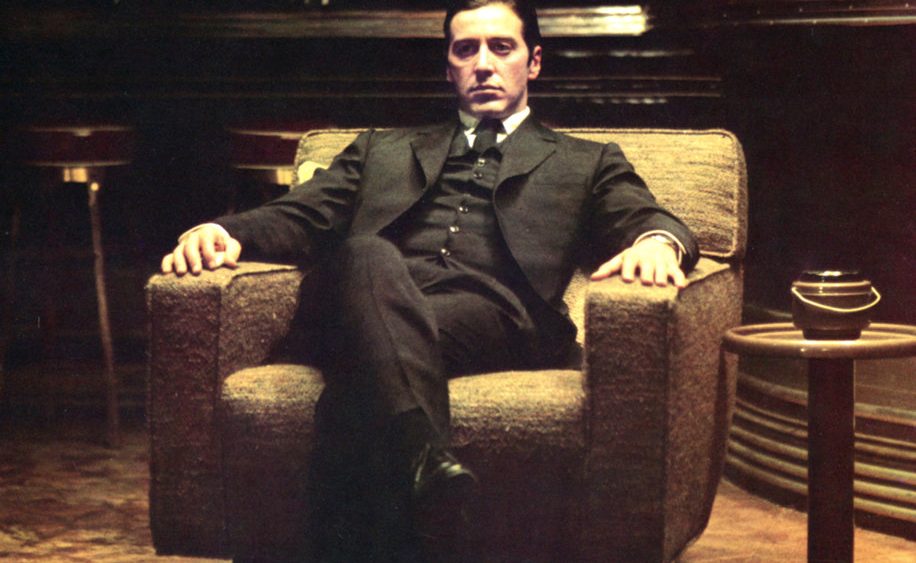I’ve raised almost $2M in private money for investment real estate and manage a portfolio valued at $3m. Recently I’ve been asked how I justify using private and hard money to make these deals work. I’ve attached an example of a deal where i’m using long term private money.
Spreadsheet Link: Private Money
As you can see in this spreadsheet, the cashflow on this 13 unit 2 building package is $650 or so per month. However, also notice that I am way over budgeting for just about every other line item and expense that comes up. These are great buildings that are very well maintained with excellent tenants. This is a perfect example of how a private lender’s long term goals matched with my investment goals and we were able to secure a great pair of buildings that both parties are happy to be a part of. The lender here took a lien position only, no partnerships. This is important to keep in mind.
—
Private money and hard money are pretty much the same thing… both are non traditional financing. Within these, there are 2 basic structures, long term and short term, plus interest rates and amort schedule of course. Tim Bratz told me once that the ONLY things I should be doing is finding money, finding deals, and streamlining systems. I took that to heart.
I now have a network of both private and hard money lenders that lend to me at any given time. I know each of their styles and their availability of funds determines how active I am in the market. I let their availability determine my aggressiveness in finding deals. That doesn’t mean im not in the market and look at everything, but if they come to me with funding, I double down.
Some of the non traditional funding I have access to looks like this:
Long term; around 8%, 0 points, 10-20yr notes
Short term; 10%, 10 points, 12-24mo, interest only payments
Short term; 12%, no points, 6-12mo
Remember, acquisition is always the hardest part. Once you acquire and have control of the buildings then the ball is in your court to shop for the best long term exit plan. The trick is to know the private and hard money details up front. Use private money for the acquisition then banks for long term financing.
A very popular investing method is the BRRRR process which stands for Buy, Renovate, Rent, Refinance, Repeat. This method is perfect for using private and hard money because of the short term nature of most money coming from these sources. For instance, you find a distressed property with an after repair value (ARV) of say $100,000. Because of the condition, management, motivation of the seller, you get it under contract for $30,000. Because most banks will most likely only lend 70% LTV, you have to be all in for $70,000 including your purchase price; you must know your long term exit plan. With this in mind and knowing your private money rates, you know you can borrow $60,000 + 10 points = $66,000 or just under that $70,000 mark to make sure you have $0 of your own money into this deal come your final refinance exit. So after the $30k purchase and approx.. $2500 in closing, you have roughly $27,500 to invest in this property. This $27,500 must include holding costs, supplies, vendor costs, and final refinance or sale closing costs.
A flip and a BRRRR are the same thing just a sale contract vs a lease agreement. You either pay 30% of the sale in taxes or borrow 70% of the ARV.
How to find private and hard money is another question which we can simply leave at… Networking ; )

